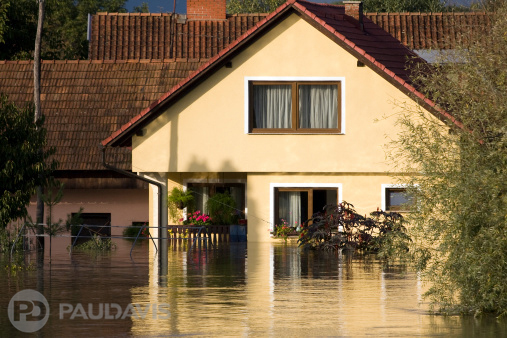
Hurricane Florence struck North Carolina in the United States as a deceptively destructive category one storm on September 14, 2018. Crashing ashore near coastal Wilmington, North Carolina, the tempest lingered across the state for days. Towns submerged beneath high storm surges and epic rainfall measured not just by the centimetre, but by the metre. Raging flood waters swept away homes, roads, vehicles, power lines, crops and livestock. What the storm didn’t remove, it left in shambles. Many structures across the region sustained catastrophic flood damage. Tragically, the storm killed 40 people and the human toll could rise further.
But the Tar Heel State is resilient. Sounds of construction resound already as repairs begin and residents strive for normalcy. The state’s preparation and response are not only inspiring but very effective, prompting many to ask what they can learn. North Carolina got it right in big ways:
Excellent emergency preparedness: From lawmakers through local leaders, the state prepared in advance of landfall, staging response crews and equipment, securing assistance outside affected areas, opening shelters, rerouting traffic and alerting residents. Officials sounded the alarm early and continued frequent communications with the public across channels. The state also alertly averted issues that threatened to compound problems. For example, travellers along the Eastern Seaboard were asked to steer clear of North Carolina. The state also maintained abundant emergency reserves - nearly C$2.6 billion in rainy day funds. Finally, comprehensive emergency preparedness planning occurred long before trouble brewed.
Coordinated official recovery efforts: Once the hurricane’s impact became inevitable, impressive responses mobilized from the federal through local levels. The federal government coordinated broad Federal Emergency Management Agency (FEMA) responses as well as more specific actions. For instance, the Department of Health and Human Services took steps to ensure that SNAP food benefits continued despite outages and closures. From disaster unemployment assistance and business recovery coordination to emergency loans for farms and agribusinesses, the state displayed impressive resolve – even among discordant elected state officials. Sharply divided on many issues, North Carolina’s government nevertheless rapidly allocated C$522 million for recovery and set aside C$587 million more for future needs.
Comprehensive local response: North Carolina’s strong social connections spread word about specific local needs rapidly along multiple networks; its close communities, emergency services and churches pitched in immediately to help at a grassroots level. For example, residents quickly launched a nonprofit – Port City Proud – that is spearheading Wilmington’s recovery. Social media played a significant role, too, identifying specific urgent needs among needy populations like the elderly and disabled.
Skilled recovery partners: Many in the state retained professional disaster recovery experts who coordinate closely with insurance carriers. Companies like Paul Davis leapt into action as soon as danger passed, helping homeowners and business owners respond. For business customers, Paul Davis particularly focused on resuming their operations quickly, protecting income, employment and long-term business health – and good morale. “You removed the damaged material and roof in no time and had us to a point where we had a place to work,” said one company. “The whole situation, as stressful as it was, was made much more bearable due to the quick and professional manner in which you and your team handled the situation.”
One other factor that likely helped North Carolina? Hard experience recently acquired. Hurricane Matthew struck the state in October 2016, causing millions in damage. When disasters like this strike, This is no time for second best®. Call Paul Davis at 800-661-5975.
